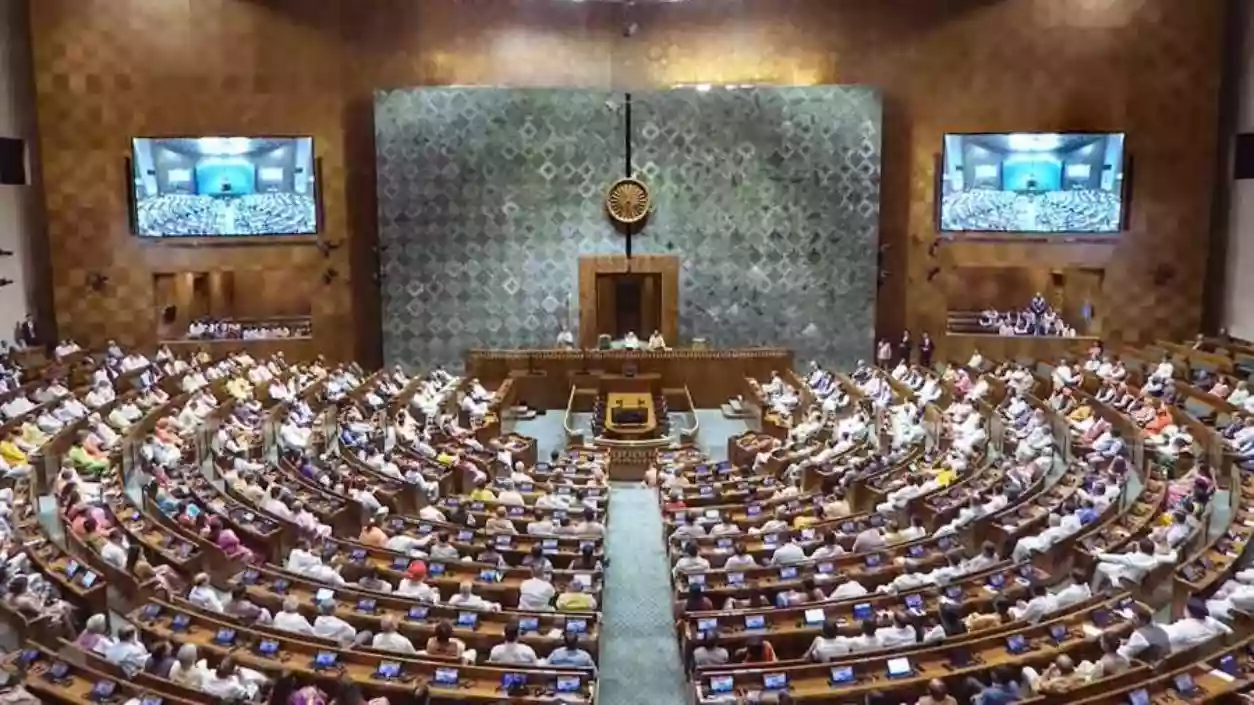Protests erupt outside Kasba Police station as 3 arrested in alleged Kolkata college gang rape
.gif)
.gif)

Government data has revealed that ₹1.54 lakh crore, or 62% of the ₹2.46 lakh crore released by the Centre for over 50 centrally sponsored schemes (CSS), remained unutilized with state agencies as of December 31, 2024. These include major schemes like Pradhan Mantri Aawas Yojana (PMAY), Jal Jeevan Mission (JJM), and Mahatma Gandhi National Rural Employment Guarantee Scheme (MGNREGS).
For the first time, the Union Budget 2025-26 has introduced a statement detailing fund balances under Single Nodal Agency (SNA) accounts for CSS with allocations of ₹500 crore and above. Expenditure Secretary Manoj Govil stated, “We see that in certain schemes, a large amount of money is available with the states or UTs. So, we have been monitoring this.” The data comes from the Public Financial Management System (PFMS), which tracks government expenditures in real time.
The budget allocation for Samagra Shiksha was reduced from ₹37,500 crore in the Budget Estimate (BE) to ₹37,010 crore in the Revised Estimate (RE). By December 31, 2024, the Centre had released ₹17,605.05 crore, but ₹11,516.03 crore remained unspent with states, including state shares. Similarly, the PMAY (Urban) budget was cut from ₹23,712.04 crore to ₹11,609.04 crore as ₹6,012.39 crore was still unutilized.
Under JJM, the BE for 2024-25 was ₹70,162.90 crore, which was reduced to ₹22,694 crore at the RE stage. The Centre had released ₹21,871.80 crore by December 31, 2024, and ₹13,782.82 crore remained available with states and Union Territories. The JJM central share is deposited into escrow accounts rather than state treasuries.
For MGNREGS, both BE and RE stood at ₹86,000 crore, with ₹79,625.97 crore released by the Centre by December 31, 2024. The data showed that ₹4,351.55 crore was still unspent with states. The Union government has been implementing CSS funding through the SNA model since 2021-22 to enhance transparency and ensure just-in-time fund releases based on expenditure levels.
The budget document stated that the SNA model prevents idle fund parking and reduces borrowing costs. “As the Union government/states borrow to finance their development/welfare schemes, this system avoids float/idle parking of funds, which results in savings in interest costs for further productive use,” it noted. The PFMS is integrated with state treasuries, and SNA accounts are mapped to provide near real-time tracking of fund availability.